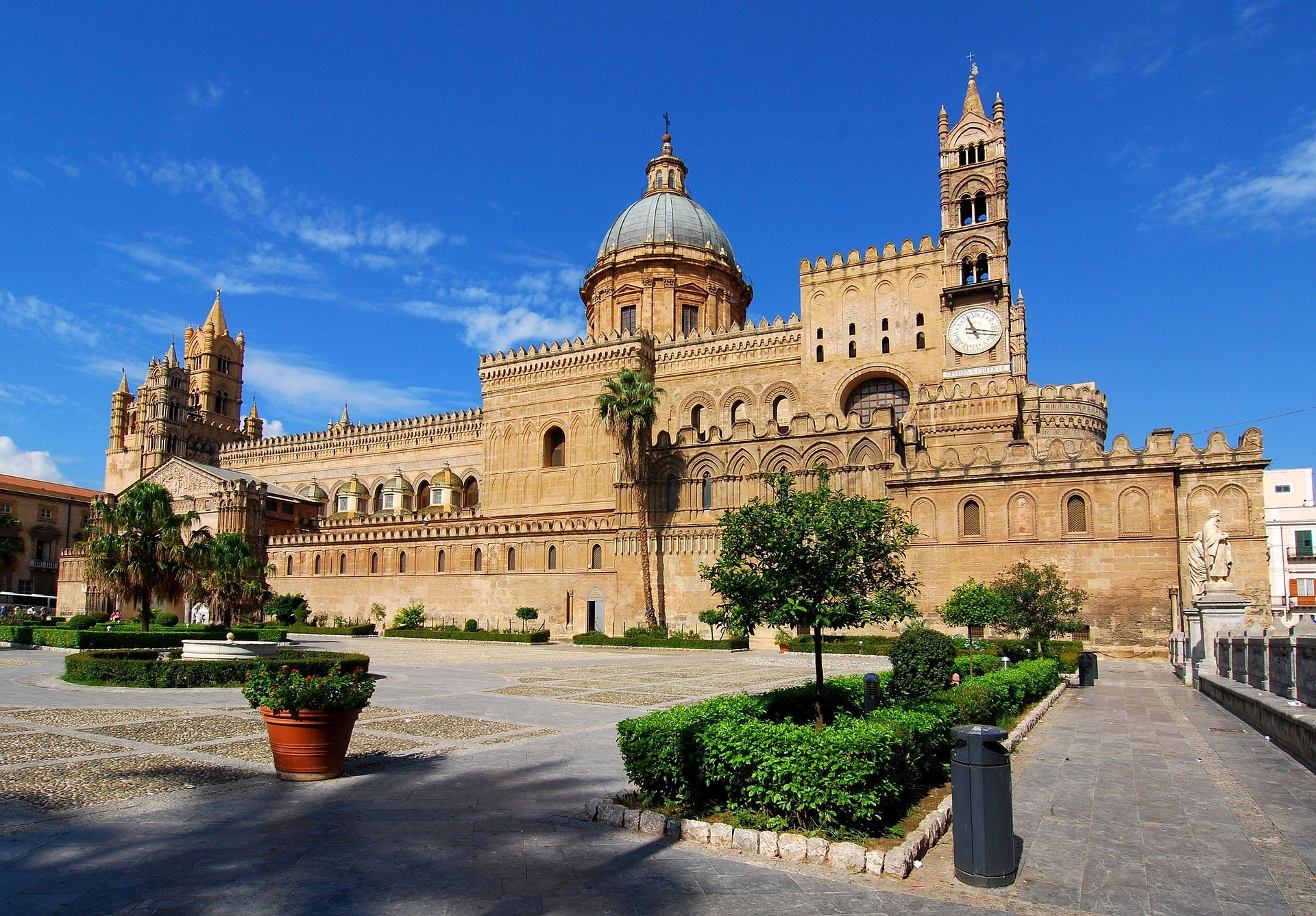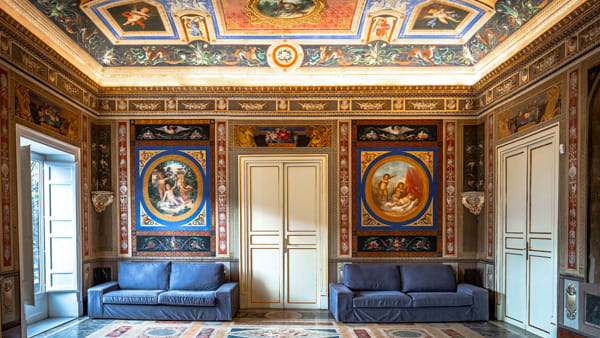Palermo and its beauties
GRAND TOUR BLOG | 10 July 2020

Palermo and its beauties

The visit to Palermo continues…
The visit to Palermo resumes with a beautiful walk among monuments, squares and churches always leaving its visitors speechless.
You never get tired of what, Palermo, offers its tourists because its beauties are many and tell a continuous story and a life story.

What of Palermo enchants tourists
- Church of the Gesù or Casa Professa: it is an important baroque church. It is located in the Albergheria district. The interiors are decorated by: frescoes, mixed marbles and trams, stucco, etc. all made by representatives of seventeenth-century art: Marabitti,, Vitagliano, Paolo Amato, Pietro Novelli, Camilliani. In 1892 Jesus' church has been declared National monument;
- Regional Archaeological Museum Antonio Salinas: it is one of the most important museums in Palermo and all of Sicily. It is located inside the old College of the Fathers of the Congregation of San Filippo Neri: inside there is a large collection of artifacts that speak of the history of Sicily, from prehistory to the Middle Ages;
- Complex of Piazza Pretoria, Four Songs e Bellini square: at the intersection of Piazza Vigliena (area known as “Four Songs”, there are many historical monuments and churches. It starts from Piazza Vigliena where there are three baroque statues to continue for Pretoria square, known as “Shame square” then move on to Piazza Bellini;
- Castle of the Zisa: it is not located in the historical center but it is worth a visit. To visit the Zisa Castle you will have to move a little’ from the historical center, but the game is worth the candle. This palace was built in 1165: it was the summer residence of the royal family;
- Marina square, Palazzo Steri e Garibaldi garden: its Corso Vittorio Emanuele (zona Cassaro) there is one of the most beautiful squares in Palermo. It is Marina square where is the Garibaldi garden who owns large plants of Ficus Magnolioides. Around are present historical buildings like Palazzo Abatellis (headquarters of the Sicilian Regional Gallery), Galletti Palace of San Cataldo, Palazzo Mirto, Palazzo Chiaramonte Steri (seat of the university rectorate but also the Spanish Inquisition Museum, a room of ‘300 with a wooden ceiling unique in the world and l’original by Vuccira (the canvas by Renato Guttuso).
Conclusions
Palermo is a phantasmagoric city that gives those who visit it many enchanting and historical wonders that are just waiting to be admired and told to others.
All these monuments are all within the marvelous Historical center of Palermo, which by the way is also the largest in Europe.



